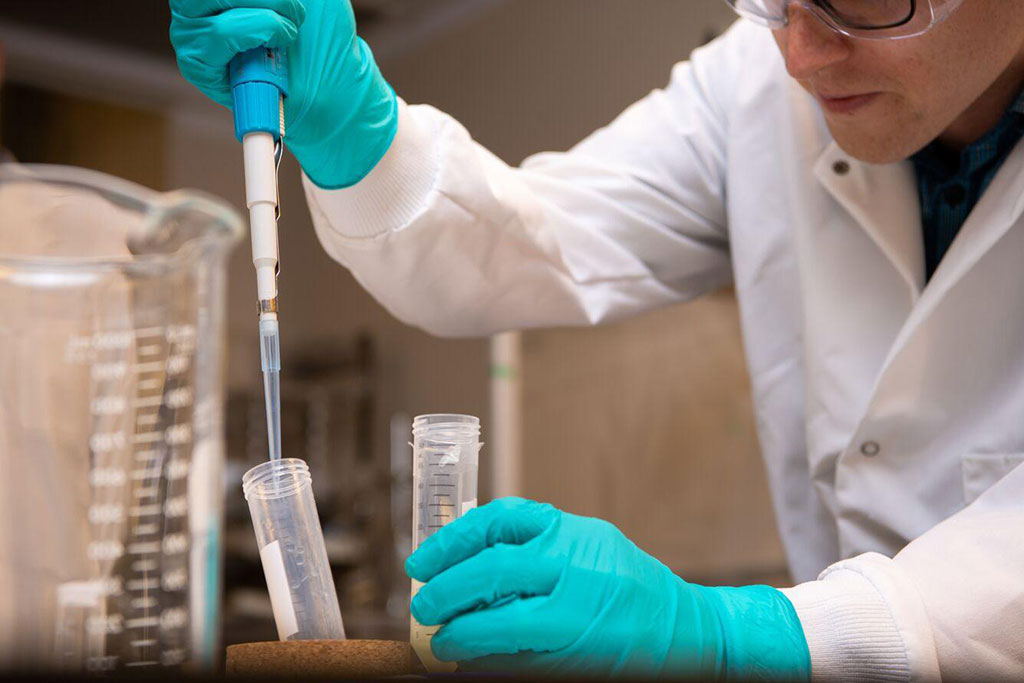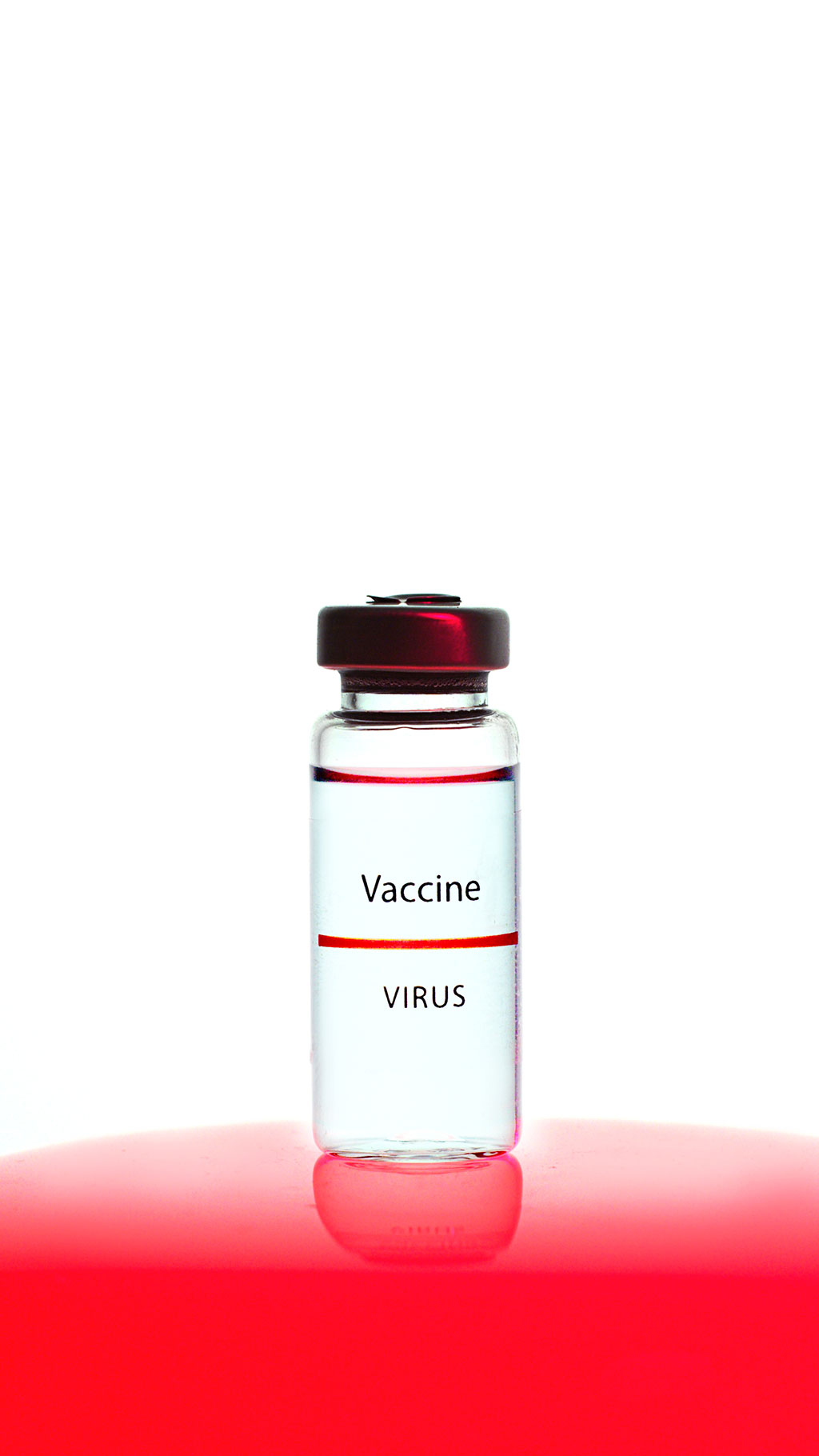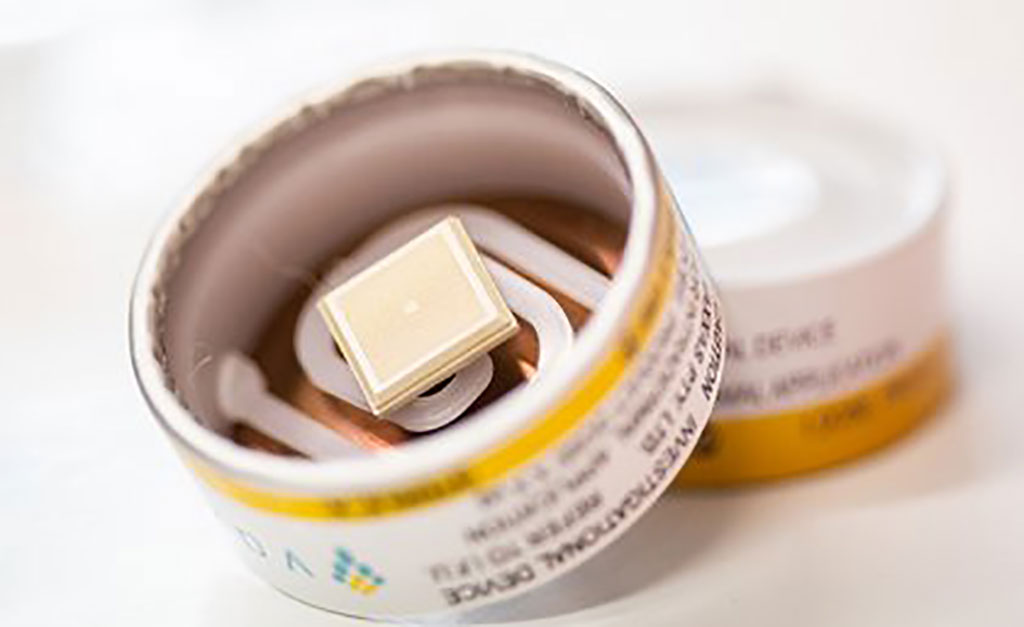Mutated Coronavirus in US and Europe 10 Times More Contagious Than Original Strain
By HospiMedica International staff writers
Posted on 01 Jul 2020
A tiny genetic mutation in the SARS coronavirus 2 variant circulating throughout Europe and the US has significantly increased the virus’ ability to infect cells.Posted on 01 Jul 2020
Lab experiments performed at The Scripps Research Institute (Jupiter, FL, USA) have shown that viruses with the mutation were much more infectious than those without the mutation in the cell culture system used by the researchers. The mutation had the effect of markedly increasing the number of functional spikes on the viral surface that allow the virus to bind to and infect cells. The spikes give the coronavirus its crown-like appearance and enable it to latch onto target cell receptors called ACE2. The mutation, called D614G, provides greater flexibility to the spike’s “backbone” as more flexible spikes allow newly made viral particles to navigate the journey from producer cell to target cell fully intact, with less tendency to fall apart prematurely. The SARS-CoV-2 variant that circulated in the earliest regional outbreaks lacked the D614G mutation now dominating in much of the world, making it about 10 times more infectious than the strain that originally was identified in Asia.

Image: In this cryogenic electron microscope image of a SARS-CoV-2 spike protein side view, the S1 section of the spike is shown in green and the S2 portion is shown in purple. This unique two-piece system has shown itself to be relatively unstable (Photo courtesy of Andrew Ward lab, Scripps Research)
However, the researchers currently do not know whether this small mutation affects the severity of symptoms of infected people, or increases mortality. Additionally, the researchers who performed their biochemical experiments using harmless viruses engineered to produce key coronavirus proteins found that immune factors from the serum of infected people work equally well against engineered viruses both with and without the D614G mutation. This raises hopes that vaccine candidates in development will work against coronavirus variants with or without that mutation.
“Viruses with this mutation were much more infectious than those without the mutation in the cell culture system we used,” said Scripps Research virologist Hyeryun Choe, PhD, senior author of the study. “The number or density of functional spikes on the virus is four or five times greater due to this mutation. Our data are very clear, the virus becomes much more stable with the mutation.”
Related Links:
The Scripps Research Institute














